22 November, 1999
Snowed In And No Place To Go
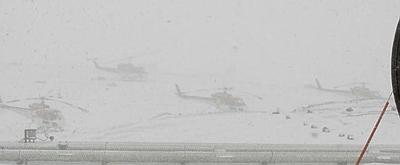
Today the wind is blowing the snow horizontally. Our helicopters are tied securely on the helo pad waiting out the storm just like we are. This will be a good day to explore the Crary Lab aquarium and see what the scientist do there. I met Peter Brueggeman who is here diving under the ice to find interesting creatures that live there. Today he brought up several specimens. Here are some of them plus some others that have been in residence for a while. The animals are studied to see how they can survive in such cold water. The water in these tanks is kept at –1.8oC.
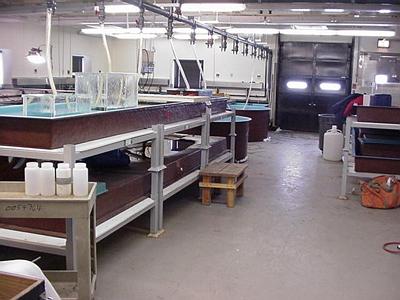
On the lowest level of the Crary is the lab aquarium. Here there are big tanks where specimens from the Ross Sea area are brought for study.
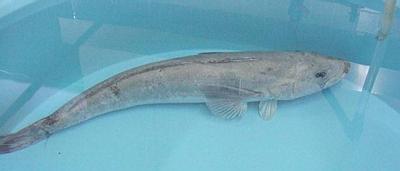
Many fish that live in this water have anti freeze in their blood system. Since seawater contains salt, it freezes at –1.9oC, (this is below the normal freezing point of water). The blood of non-Antarctic fish would freeze in this water. One species, the ice fish, have no red blood cells, only white blood. There are about 200 species of fish in this area, most belonging to families not found anywhere else. This is a picture of a large Dissostichus mawsoni
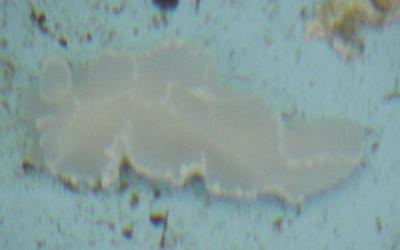
This lovely nudibranch feeds mainly on the soft corals found in the Ross Sea. Delicate to look at this animal secretes a kind of alcohol, which is noxious to many of its predators. For more pictures and information go to http://www.mcmurdo.gov/science/projects/fieldguide/mollusca1.html

Here is another kind of sea star found in the Antarctic waters. Click on the web site below and see if you can identify him. http://www.mcmurdo.gov/science/projects/fieldguide/echinodermata-1.html
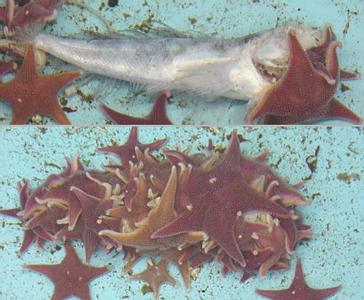
Odontaster validus Most abundant sea star in Antarctica. This sea star is omnivores eating anything from fish; filter feeding detritus and nibbling on sea sponges. Here they have found a dead fish to eat. In the second picture the same fish is covered with sea stars. You can read more about this fascinating animal at: http://scilib.ucsd.edu/sio/nsf/fguide/echinodermata3.html
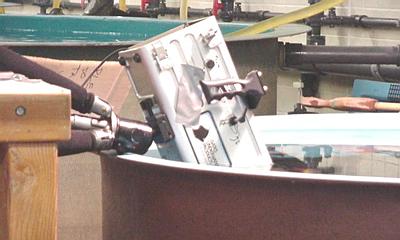
Most of the animals that live in this cold water move slowly. Time is different here. One way to see the action is to film the lives of these creatures with time laps photography. This camera takes images slowly to compress a very long event into a short time. Today an anemone is eating a small fish.

An interesting and less known Flaballigera worm this one is found throughout Antarctica in water from 18 to 594 m. They can reach a length of almost 10 cm. Want to know more? Go to: http://www.mcmurdo.gov/science/projects/fieldguide/annelida2.html

Urticinopsis antarctica. This large sea anemone lives off the coast of Ross island in the range of 15 to 33 meters beneath the surface. It eats primarily sea stars and sea urchins, but I saw one devouring a small fish in the aquarium today. More information: http://scilib.ucsd.edu/sio/nsf/fguide/cnidaria5.html
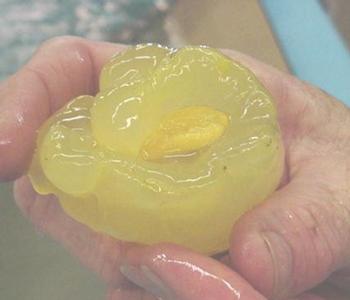
Marseniopsis mollis Although this mollusk does not have an external shell like others you are more familiar with, he is able to defend off predators by a chemical in his gelatinous shell, which is distasteful to others. See some more pictures and get some more inform about him at: http://scilib.ucsd.edu/sio/nsf/fguide/mollusca9.html
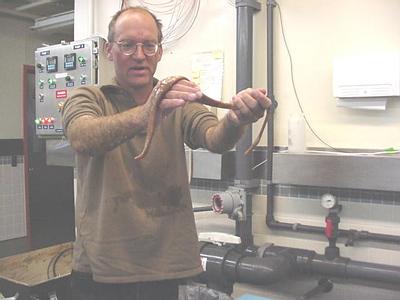
Parborlasia corrugatus (Proboscis worm) These scavengers of the deep can grow to over 2 meters in length. With a one-way system from his mouth to his anus, this worm can engulf food almost as wide as itself, and will eat anything. Because it is a soft-bodied animal with no outer shell, to protect himself he has a body chemistry of pH 3.5. No body is interested in eating him. Here is some great pictures if these worms eating: http://scilib.ucsd.edu/sio/nsf/fguide/nemertina1.html
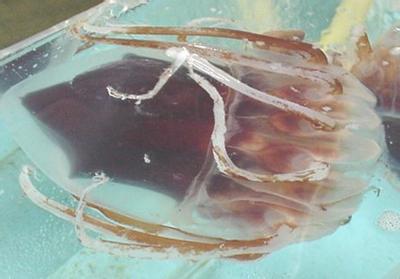
Helmet jellyfish Helmet jellies like the dark so everywhere else in the world they live at depths of 200-1000 m. Under the ice here near Ross Island the ice makes it dark so this graceful creature lives closer to the surface. Read his story: http://scilib.ucsd.edu/sio/nsf/fguide/cnidaria4.html
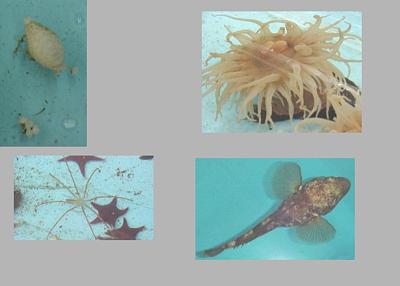
Here are some other creatures I found in the aquarium. Use the resources of the Internet of the web site below to see if you can identify them. http://scilib.ucsd.edu/sio/nsf/fguide/index.html Hope the weather clears so we can take off tomorrow. Keep your fingers crossed.
Contact the TEA in the field at
.
If you cannot connect through your browser, copy the
TEA's e-mail address in the "To:" line of
your favorite e-mail package.
|
